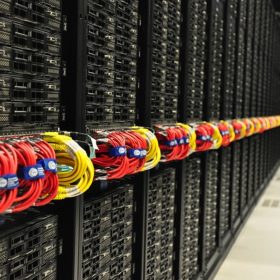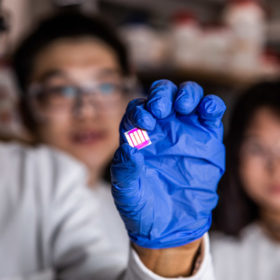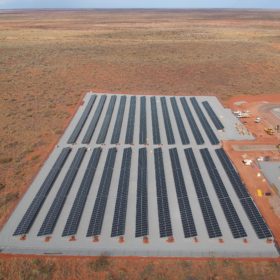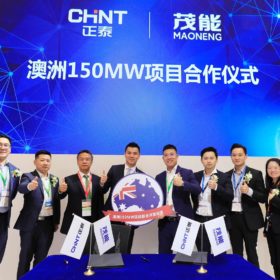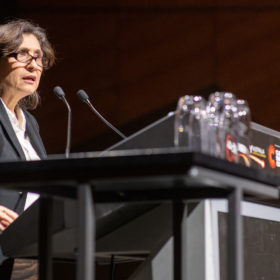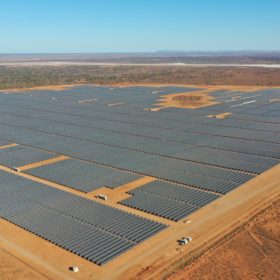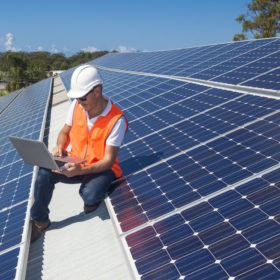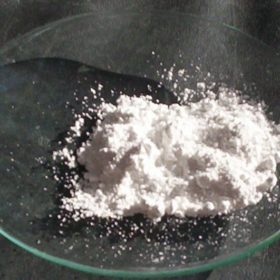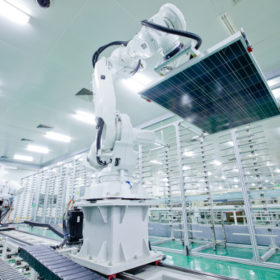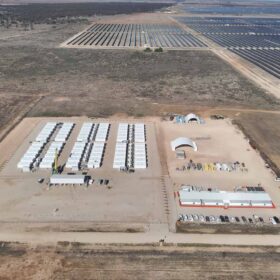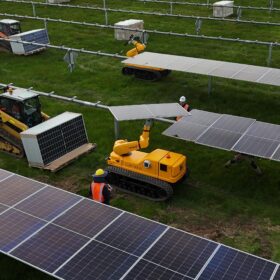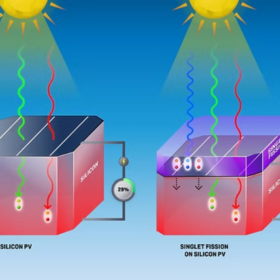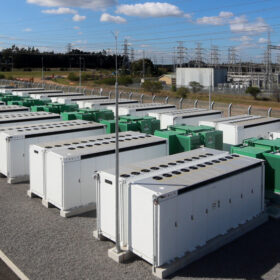First Solar announces surprise fourth-quarter loss, considers sale of development business
‘First Solar, at its core, is a technology and module manufacturing company,’ said Mark Widmar, chief executive of the U.S. company.
Queensland supercomputer to test seamless integration of renewables on and off the grid
A world-class research and development hub planned for Cairns will be home to a supercomputer that will be used to simulate and model intricate networks in order to enable renewable energy and energy storage to form a greater part of microgrids and isolated systems for remote communities.
UQ: A quantum dot solar cell with 16.6% efficiency
Scientists at Australia’s University of Queensland have set a new world record for a quantum dot solar cell. The group fabricated a 0.1cm² device from perovskite and measured power conversion efficiency at 16.6%. The record has been verified by the United States National Renewable Energy Laboratory.
Microgrid management technology hard at work in Onslow
PXiSE says its microgrid controller technology is successfully managing the output of a solar farm and a grid-scale battery in coordination with a gas power station in the coastal town of Onslow. It now readies for the next stages of deployment of its software solution across Horizon Power’s network.
Maoneng, Chint up the ante, aim to develop 2 GW of large-scale solar in Australia
Australian renewables developer Maoneng and Chinese module maker and EPC contractor Chint have mandated $200 million for an initial project as part of a series of utility-scale solar farms they aim to develop in Australia under a joint venture partnership.
Victoria decides to go it alone on transmission to unlock more large-scale renewables and batteries
The Victorian government has decided to break away from national electricity rules and introduce legislation that will fast-track priority projects like grid-scale batteries and transmission upgrades and make room for more large-scale solar and wind on the grid. The announced reforms have prompted a flurry of reactions.
5 things to watch in Australian solar sector in 2020
Despite a massive drop in renewable energy investment seen last year, 2020 promises to bring both good and bad news for the Australian solar sector. While network conditions will continue to deteriorate, the low-carbon policy will become more supportive but also more chaotic.
Government extends electricity price control to solar households
The federal government has extended the default market offer coverage to more than a million households with rooftop solar across three states.
QUT: A titanium solar cell with 24% efficiency
The Australian research team which developed the device said the higher efficiency was achieved through a nanowire design which eliminates the interface inside the titanium dioxide band.
Jinko Solar the world’s biggest module provider again in 2019
The solar giant shipped 14.2 GW of modules last year, up 33% on 2018 for the high-water mark of another year dominated by Chinese manufacturers.

